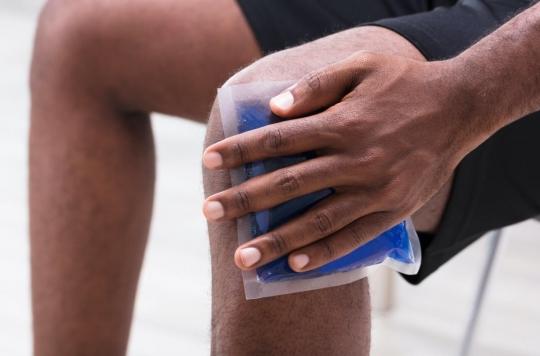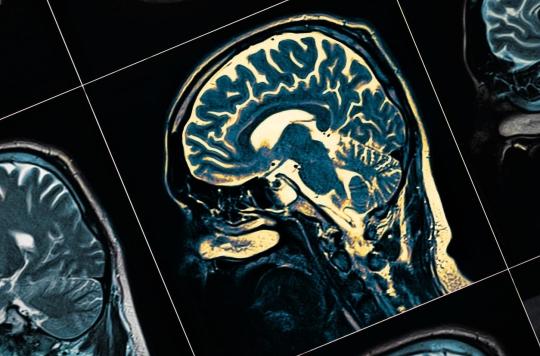Applying cold to a severely injured muscle slows recovery by blocking the inflammation mechanism.

- In sports, it is common to ice an injury regardless of its severity.
- The cold, through ice, blocks inflammation: this is necessary for recovery.
At school, in sports clubs or even in individual practice, it is common to apply ice, or cold, to injured muscles. Korean researchers question this reflex. In Journal of Applied Physiology, they explain that this could be counterproductive: the cold would slow down recovery, by blocking the action of pro-inflammatory cells.
Slower muscle regeneration
These conclusions are the result of a study carried out on mice. Korean scientists have observed the action of cold on eccentric contractions of their muscles. This term refers to the fact that the muscles lengthen by contracting, when they should shorten, this can cause injury. In these mice, they generated severe injuries, similar to muscle tears. The researchers divided the rodents into two groups: the first did not receive any ice-based treatment, in the second, ice packs were applied three times a day for thirty minutes in the two days following the injury. This technique corresponds to the GREEK method: ice, rest, elevation and compression, frequently used in the management of muscle injuries. For two weeks, the Korean researchers observed muscle regeneration in the mice. They noticed that the muscle fibers of mice that received the GREC process took longer to regenerate.
Pro-inflammatory cells slowed down by ice
The second part of the study was dedicated to cellular observation of muscles. Without specific treatment, inflammatory cells gather at the level of the injury to remove debris from the damaged muscle and allow new fibers to be built. When ice is applied to severe injuries, inflammatory cells have a harder time reaching the area of the injury, which slows the formation of new muscle cells.
To glaze or not to glaze? It depends on the injury
In this study, the researchers observed the consequences of cold on severe injuries. They specify that it is possible that the ice has an interest in injuries of medium severity. “The next step is to establish what is the limit“, they indicate. At the moment, the scientific team is precisely interested in the effects of cold on minor injuries. “We will continue to work on the use of ice, depending on the muscle injury.” conclude the researchers.
















